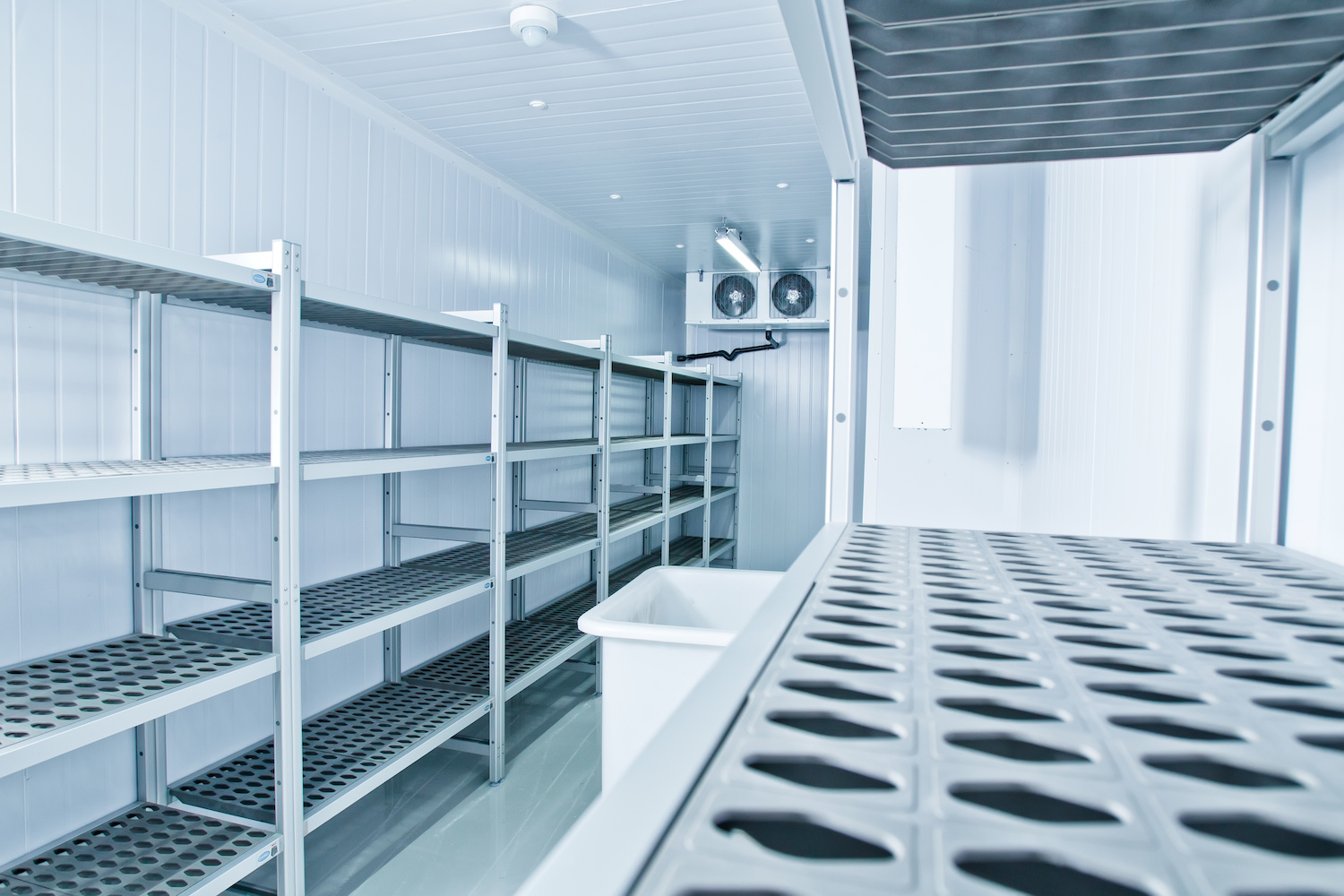
Walk-in Freezers & Walk-in Coolers: Maintenance Issues That Lead To Violation Notices
In South Florida, walk-in freezers, coolers and chillers are essential to any successful restaurant, cafeteria, or commercial food store. However, this equipment can be the source of many headaches because of their large energy usage and the reason for many issues with state and local food and safety inspectors.
Common Violations with Walk-in Freezers & Walk-in Coolers
When it comes to preparing for health inspections, restaurant owners can often overlook their walk-in freezers and coolers. According to the Florida Division of Hotels and Restaurants, the most common complaints filed against public food establishments regarding walk-in freezers, coolers, and chillers include:
- broken gaskets,
- clogged drain lines,
- rusted shelves with pitted surfaces,
- improper cooling temperatures,
- missing or broken fan cover,
- residue build-up on shelves and fans, and
- water dripping from fan units.
Keeping your walk-in system within code regulations can not only ensure your peace of mind but also ensure the efficiency and longevity of your unit. To keep your restaurant compliant with health code guidelines, you must follow the Florida Health Department requirements, as well as those set in the Energy Independence and Security Act.
Many times, restaurant owners violate walk-in freezer/cooler standards due to flooring and paneling issues. Cracks, bows, and other imperfections in your flooring can cause dirt and dust to get trapped in your refrigerating unit, making it impossible to fully clean your system. These structural imperfections become the perfect home for bacteria and other harmful microorganisms.
A common example of this violation is areas affected by frost that cause cracks in the flooring. By obtaining materials like cove bases, you can ensure a watertight seal that protects your flooring from this threat, while also ensuring the safety of your staff. Additionally, any exposed insulation, (especially in ceilings) will draw a huge red flag during your inspection. Insulation of any type has been known to be a popular breeding ground for bacteria.
Another reason why restaurants do not pass health inspections when it comes to walk-in freezers and coolers is improper temperature maintenance. On average, the temperature range for operating commercial refrigeration units is generally between 36-45 degrees Fahrenheit. However, the United States Food and Drug Administration (FDA) mandates that refrigerated products must be kept at 41 degrees Fahrenheit or lower. Regardless of what you are storing, make sure your refrigeration equipment can operate efficiently within these temperature ranges. A key way to keep an eye on your walk-in’s temperature is by simply placing a thermometer in your freezer or cooler.
Recognizing Walk-In Freezer/Cooler Maintenance Warning Signs
Although walk-in refrigerated spaces are large and costly, they rarely receive scheduled maintenance check-ups. Aside from structural issues, two of the main causes for malfunctions in walk-in freezers and coolers are complications with system condensers and evaporators.
Condensers
The purpose of a condenser coil in a walk-in freezer/cooler is to remove heat from the refrigeration system. Too often condensers are located in areas with inadequate air-flow and are unable to remove heat from the walk-in space.
To effectively remove heat, condensers should be placed in a well-ventilated area to remove heat easily. If this is not feasible for your walk-in space, your system will require openings and fans for cooling air intake and exhaust out-flow.
Aside from providing ample air exposure and exhaust outlets, condenser coils should also be checked regularly for cleanliness. Dust and other debris can aid in ice buildup on evaporator coils. If this build-up continues, insulation will occur on the heat transfer surface and reduce airflow. As a result, your system’s compressors will have to exert more energy for longer periods of time. Over time, this may exhaust your compressors, causing them to fail.
Evaporators
While your walk-in’s condensers remove heat from the system, your walk-in’s evaporators remove moisture from your system. Evaporator coils pull moisture from the air causing it to form an insulating barrier to heat transfer. To prevent too much ice buildup, each evaporator has a defrost cycle to melt ice/frost, which is ideally drained from the freezer.
However, due to their constant switch from freezing to melting phases, evaporators can often be found in a state of poor maintenance. If evaporator units contain too much ice build-up or do not have an adequate draining system, ice can consume the evaporator. If the evaporator freezes, heat transfer is decreased, causing the compressor to work overtime. If the compressor is forced to work harder and longer, it will run almost constantly, compromising your system’s ability to maintain a set temperature.
If your evaporating unit does not contain an adequate draining system, you may also experience some structural issues. Trapped water that freezes can do significant structural damage (frost heave) to a freezer system causing cracks and leakage in panels and flooring. With this in mind, proper organization of foodstuffs and draining systems can prevent drainage blocks and ice buildup in your refrigerator system.
What Should You Do?
If you want to avoid the extra hassle that accompanies repairing a walk-in freezer/coolers, routine maintenance is key. Regularly assessing your refrigeration unit, will not only help your business pass health inspections but also save you and your restaurant time and money. If you are thinking about installing a walk-in freezer or cooler in your commercial space or have questions regarding this subject, please contact Max Tripodi at (954) 931-6688.
